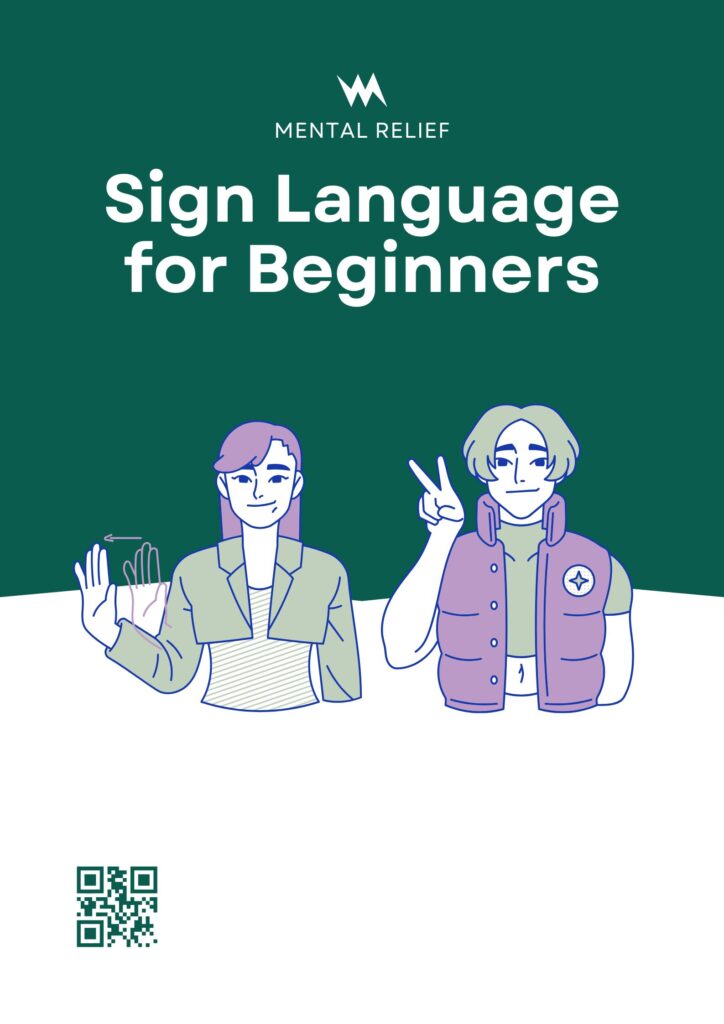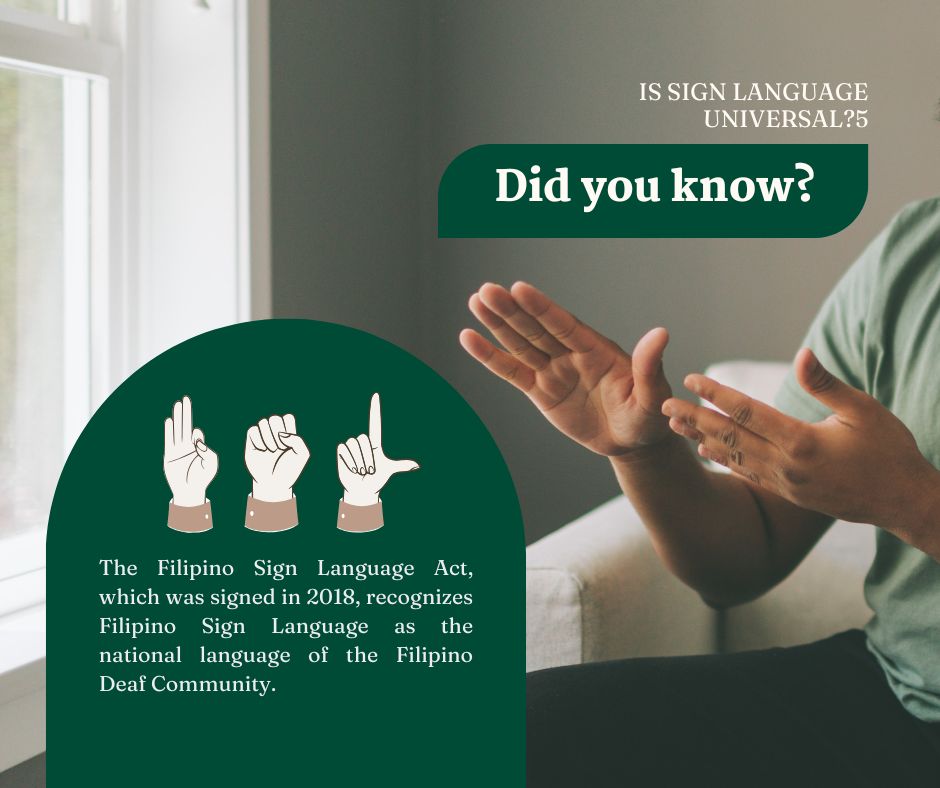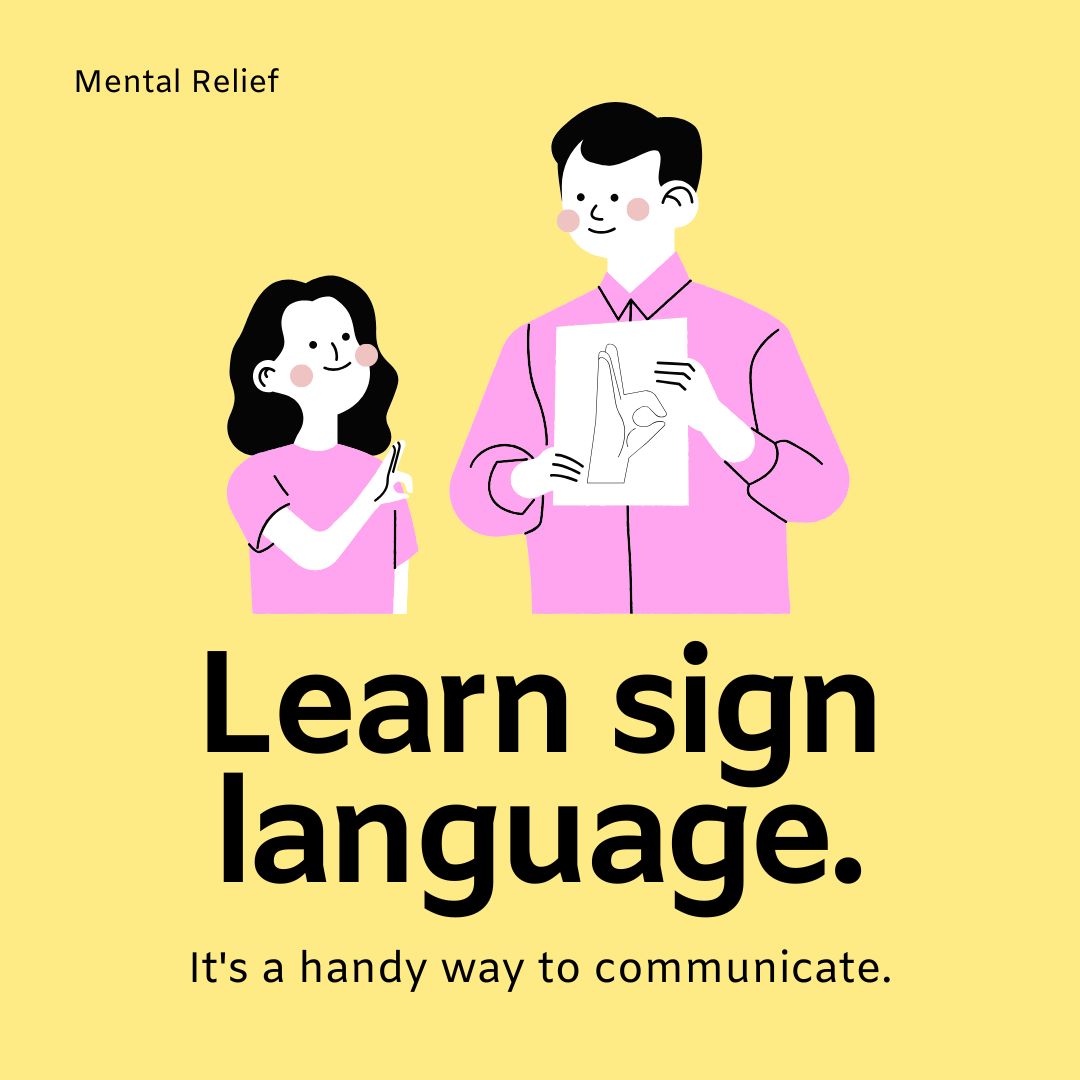Is sign language universal? Short answer: No sign language is not universal. There are hundreds of distinct sign languages in the world, each with its own grammar, vocabulary and cultural history.
Why people think sign language might be universal
Sign languages are visual and use many iconic gestures, so to outsiders they can look similar. That makes it tempting to assume there’s one global sign system. In practice, iconicity helps but does not erase deep differences in grammar, syntax, and conventionalized vocabulary that develop inside Deaf communities.
How many sign languages are there?
Estimates vary because many sign languages remain undocumented. Reliable sources give different figures: surveys list 150+ officially identified languages, while broader counts put the number at several hundred (200–400+) depending on how you count regional varieties and newly emerging languages. In short: there are dozens to hundreds of distinct national, regional and village sign languages worldwide.
Why sign languages differ
Sign languages form and change inside local Deaf communities — schools for the deaf, family networks, and social groups — not directly from the spoken language used by hearing people in the same country. Historical contact, missionary activity, and schooling often explain spread and similarities (for example, American Sign Language has roots linked to French Sign Language via early 19th-century Deaf education). But other countries that share the same spoken language (like the UK and the US) can have entirely different sign languages.
What is International Sign (IS)?Is sign language universal?
There is a form of signed communication used at international events — often called International Sign — but it’s not a single, fully standardized language the way ASL or BSL are. Rather, IS is a contact/pidgin variety used at conferences, the Deaflympics, some UN/NGO settings, and informal international contact; it relies heavily on iconic signs, gesture strategies, and shared concepts to bridge gaps between languages. Linguists note IS is variable and limited in grammar and vocabulary compared with established national sign languages.

Common misconceptions to clear up
- ASL is not the global sign language. ASL is widely used and influential, but it’s one language among many and arose through historical mixing (including French Sign Language influence).
- Sign languages don’t simply “translate” spoken languages. They are natural languages with their own grammars, not manually encoded versions of oral languages.
Why this matters (accessibility & preservation)
Because sign languages are distinct and often under-documented, policy, education, and media access must be tailored locally. Efforts to document endangered sign languages and create inclusive interpretation services are crucial: when a national sign language exists and is supported in education and media, Deaf people gain better access to rights and civic life. Some small or recently discovered sign languages (e.g., Hawaii Sign Language) face extinction without documentation and community support.
Quick takeaway
Sign languages are many, varied, and tied to Deaf communities — not a single universal code. International Sign helps across borders but is not a full replacement for national sign languages. If you want to support accessibility, learn about and respect the local sign language and Deaf culture where you live or travel.
Is sign language universal?
- How many sign languages are there?
- Why sign languages differ
- What is International Sign?
- Common misconceptions
- Why it matters

3 SEO FAQs (short answers)
- Is there a universal sign language?
No — there are many distinct sign languages worldwide; International Sign helps across borders but is not a universal language. - Are ASL and BSL the same?
No — ASL (American Sign Language) and BSL (British Sign Language) are different languages with separate histories and grammar. - How many sign languages exist?
Estimates vary: researchers have documented 150+ languages but broader counts suggest several hundred; the exact number is uncertain due to undocumented local varieties.
